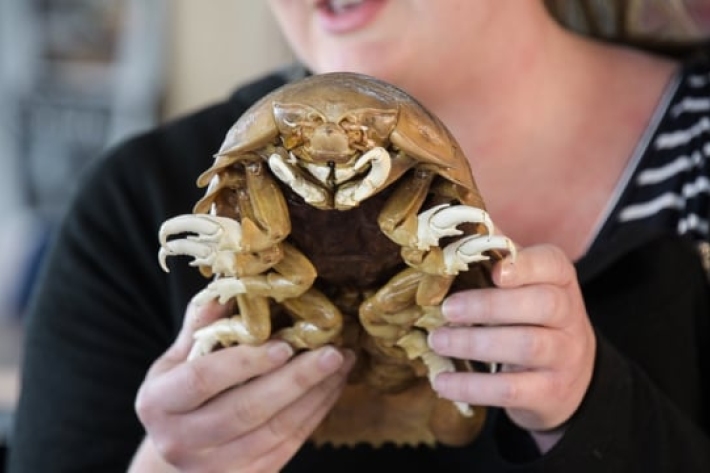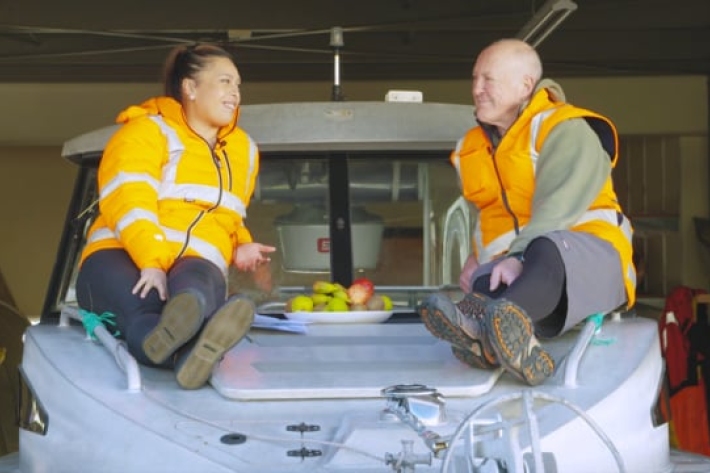-

Power project wins Whakatane student top prize
Media release28 August 2017A Whakatane home school student has with an ambitious project, entitled Wasted Watts, has taken out top honours in this year’s Bay of Plenty Regional Science and Technology Fair. -
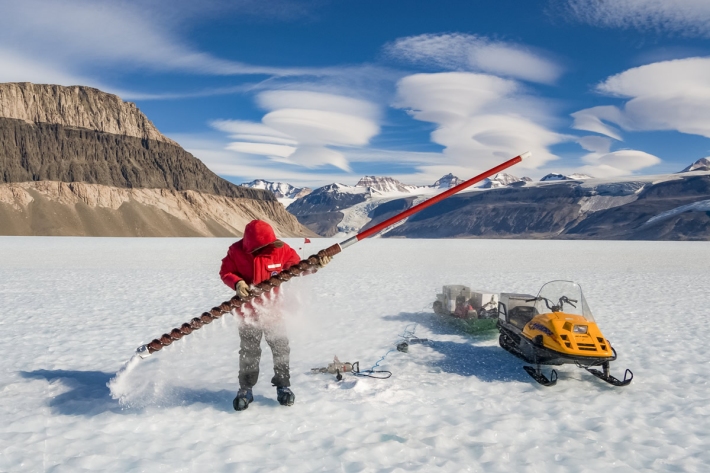
Tiny air bubbles reveal new information about greenhouse gas emissions
Media release24 August 2017Sitting at the surface of Taylor Glacier in Antarctica, are layers of ice more than 10,000 years old. And trapped inside those layers are bubbles of ancient air – like tiny time capsules - able to tell scientists a story about what the world used to be like and how humans have changed it. -
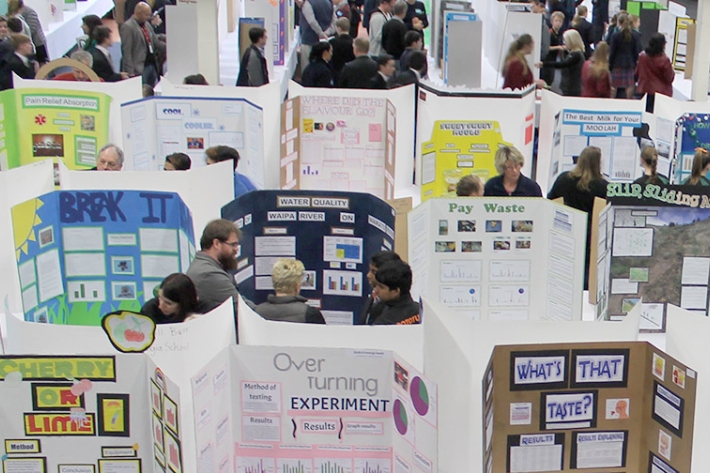
From plastic bags to roof tiles: one BOP science fair entry
Event23 August 2017A Mount Maunganui Intermediate student has created a cheap roofing tile out of discarded plastic bags and entered the idea in this year’s NIWA Bay of Plenty Science and Technology Fair. -

Spotted a leopard seal? Scientist seeks sightings
Media release17 August 2017A leopard seal has spent so much time in New Zealand waters she has prompted a NIWA scientist to challenge conventional thinking about the species. -

NZ’s future scientists show their work in Hamilton
Media release16 August 2017Waikato’s next generation of scientists are showcasing their latest discoveries at this week’s NIWA Waikato Science and Technology Fair in Hamilton. -
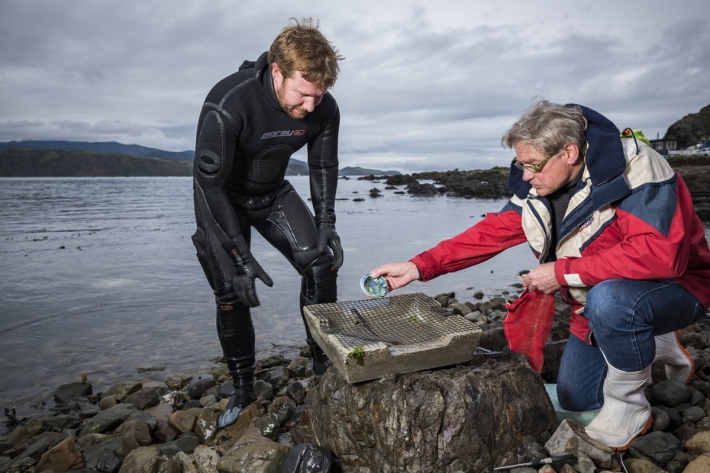
Scientist makes new homes for baby paua
Media release15 August 2017Concrete structures key to restoring the paua population wiped out by earthquake. -
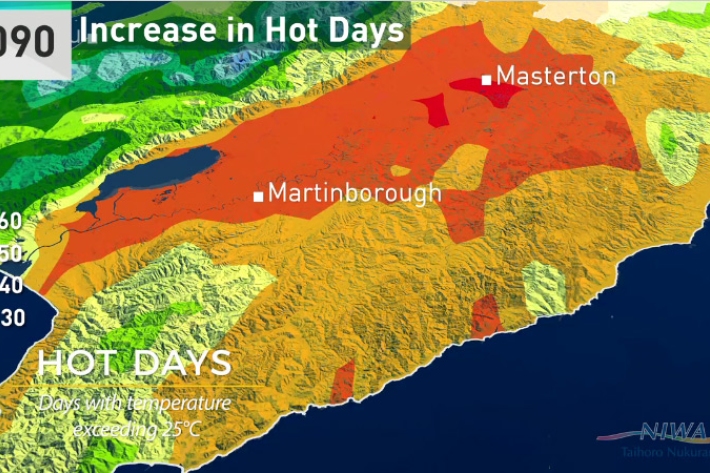
Wellington will get significantly warmer, new climate change report shows
Media release07 August 2017Wellington city will have warmer autumns, almost a month of days over 25°C and up to 10 per cent more winter rain by 2090, according to a new NIWA climate report. -
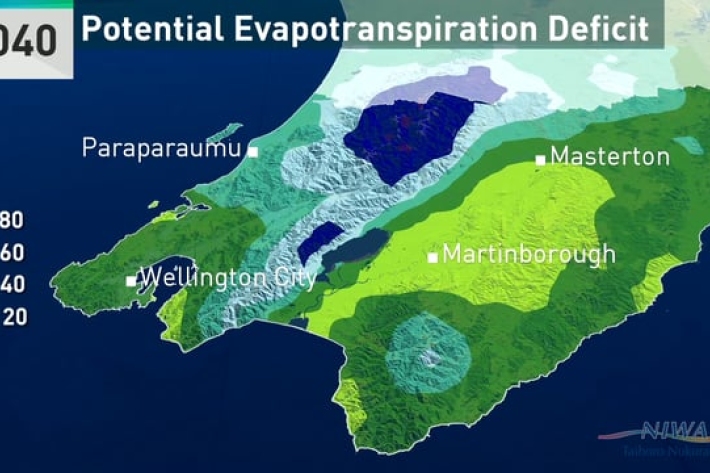
Climate change and variability - report for the Greater Wellington Region
-
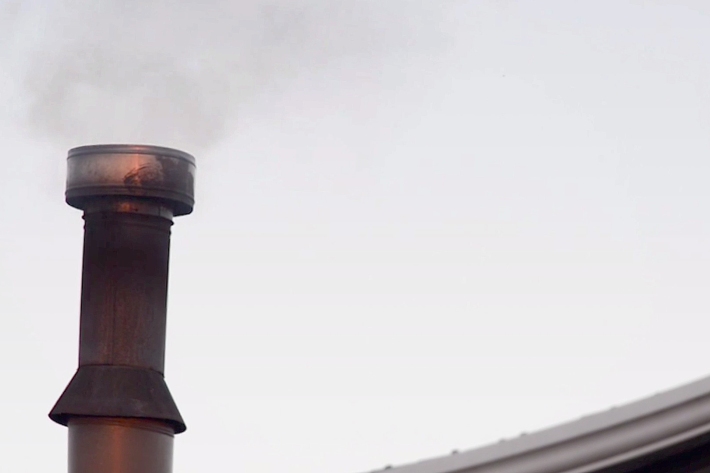
Climate change will cause more deaths from air pollution, study finds
Media release01 August 2017New research estimates that if climate change goes unchecked 60,000 more people will die globally from air pollution in 2030 – just 13 years away. -
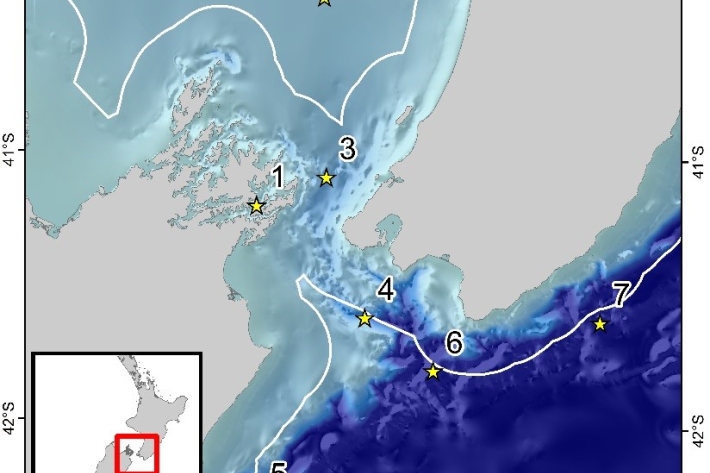
Acoustic Monitoring of whales and dolphins in New Zealand’s Cook Strait region
Research ProjectThe sounds of whales and dolphins rarely seen in New Zealand waters have been recorded in a pioneering underwater sound project.

